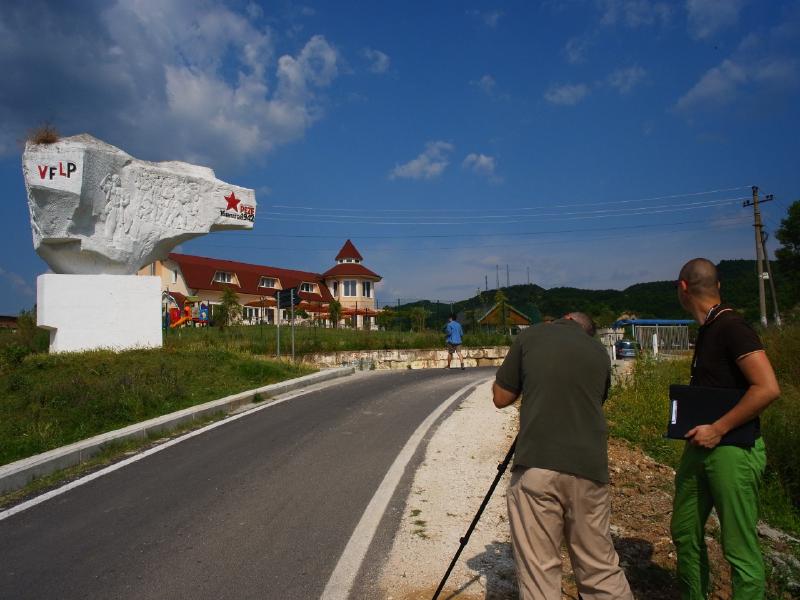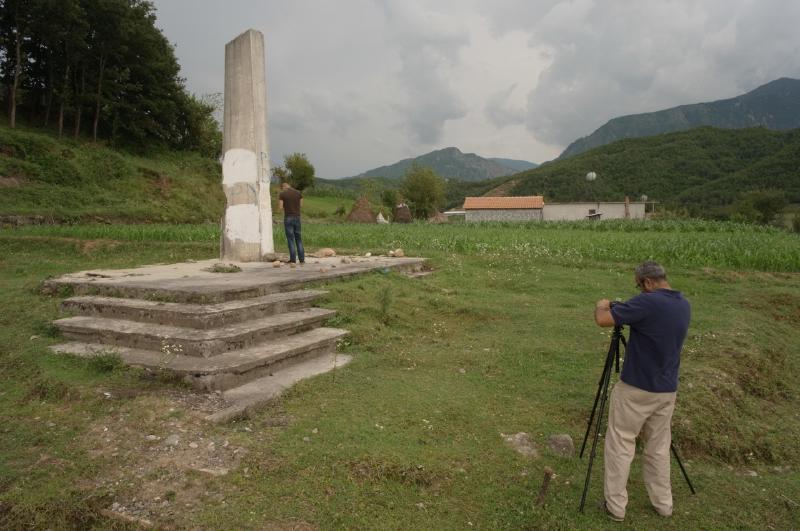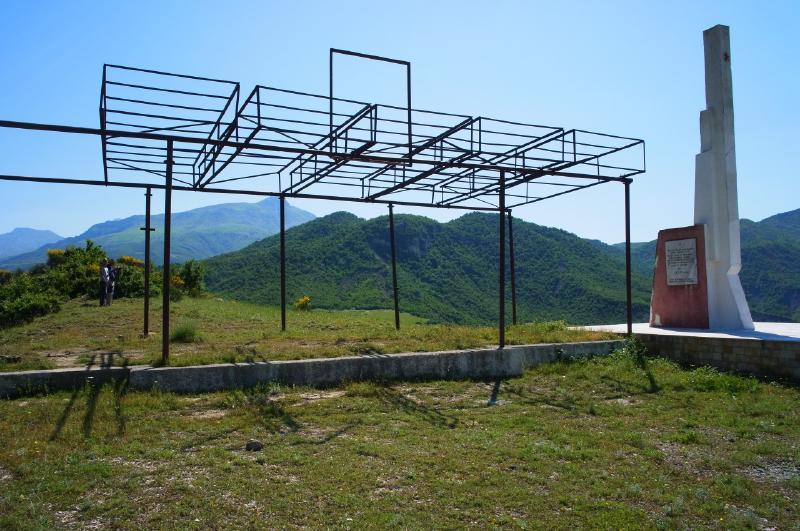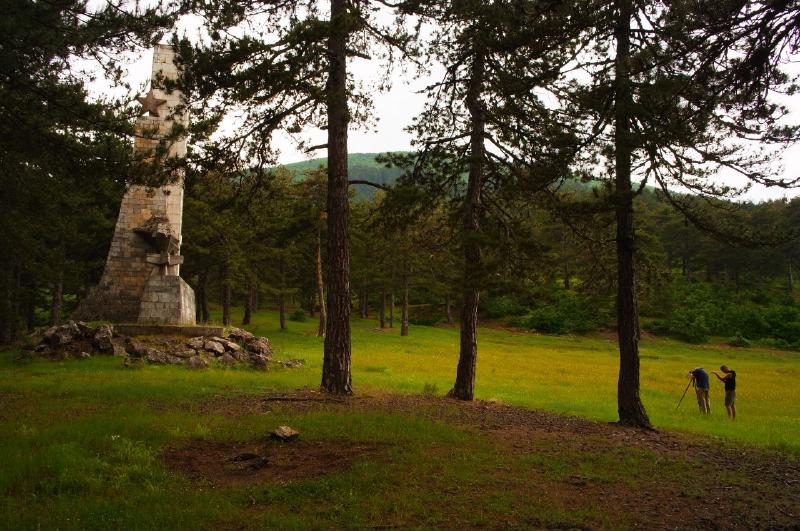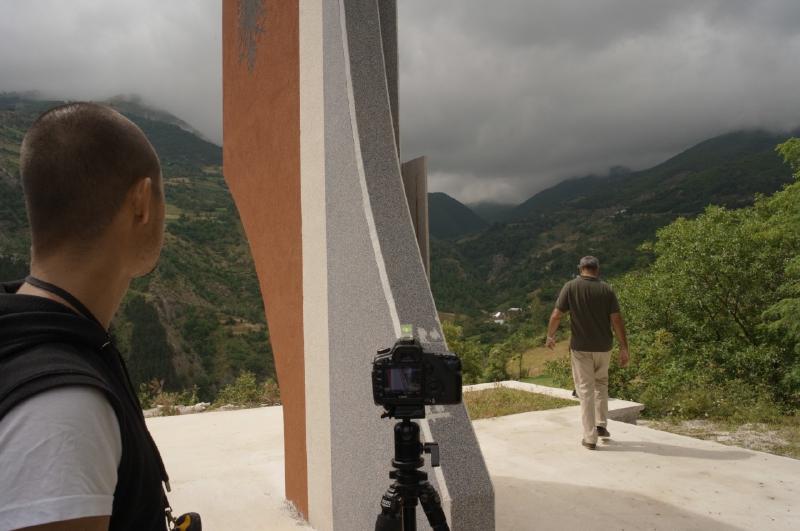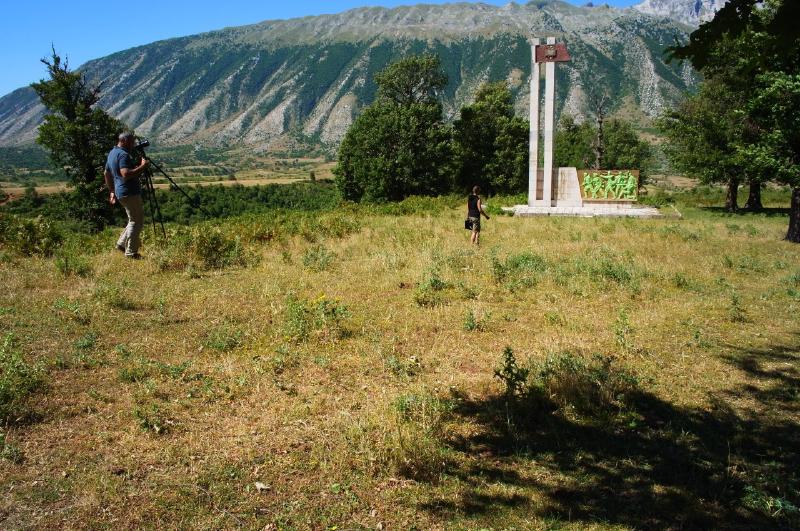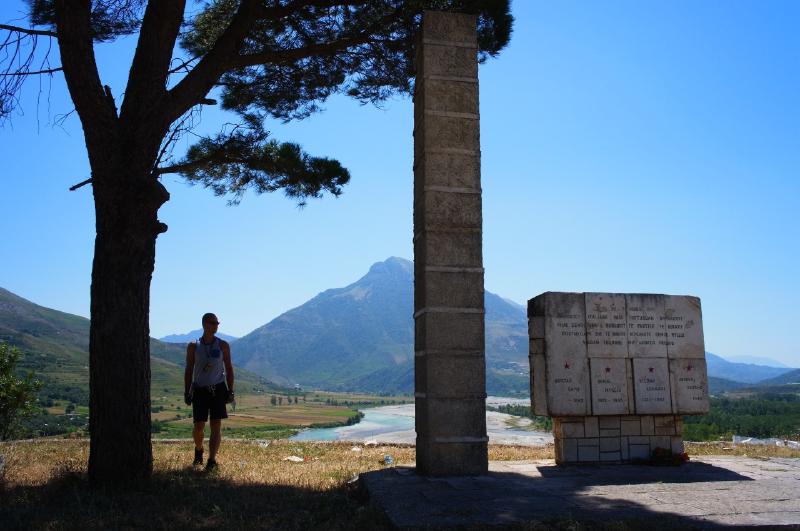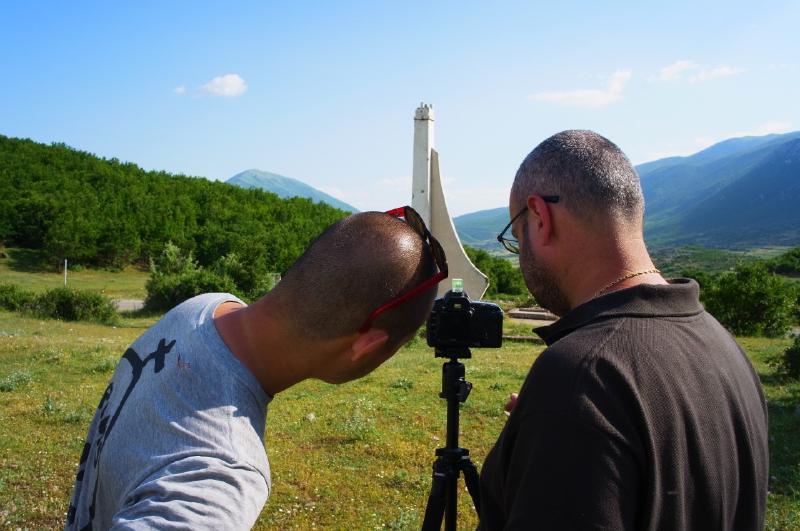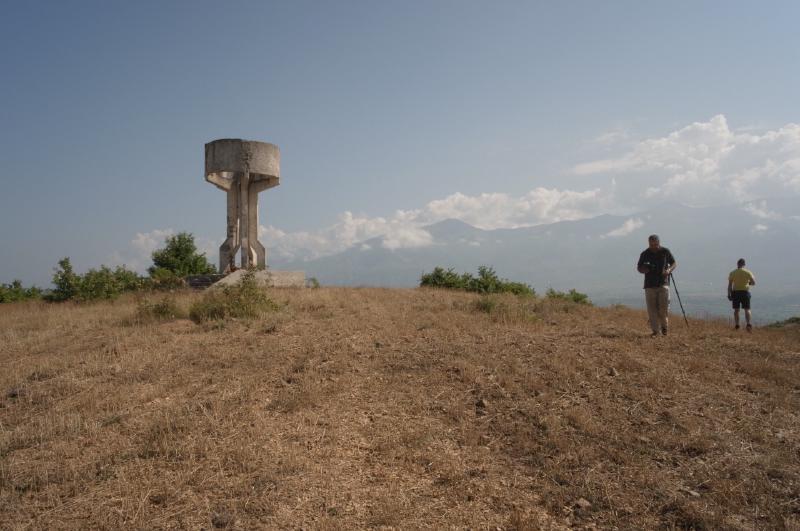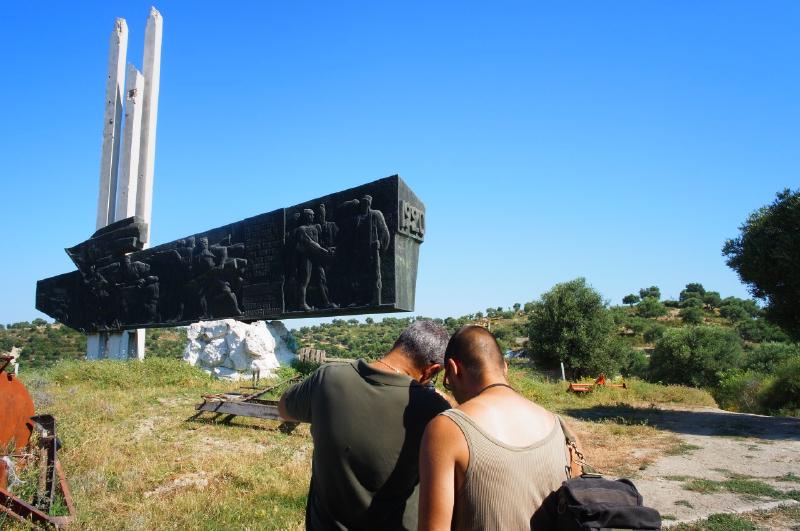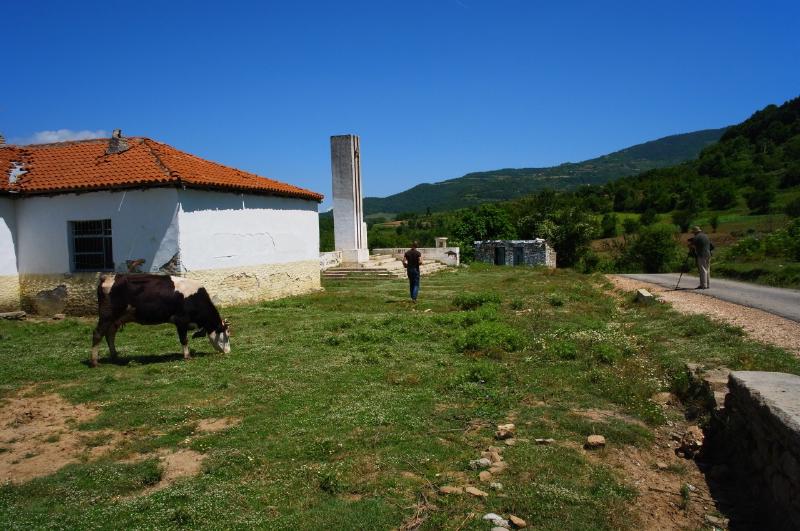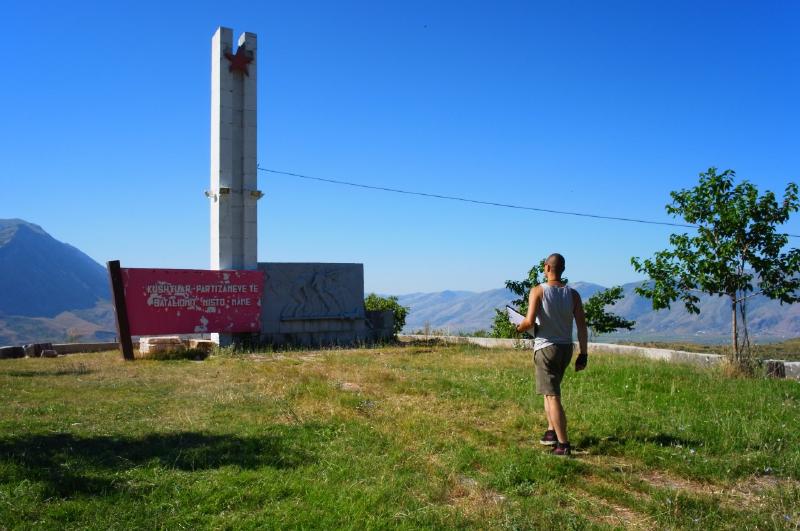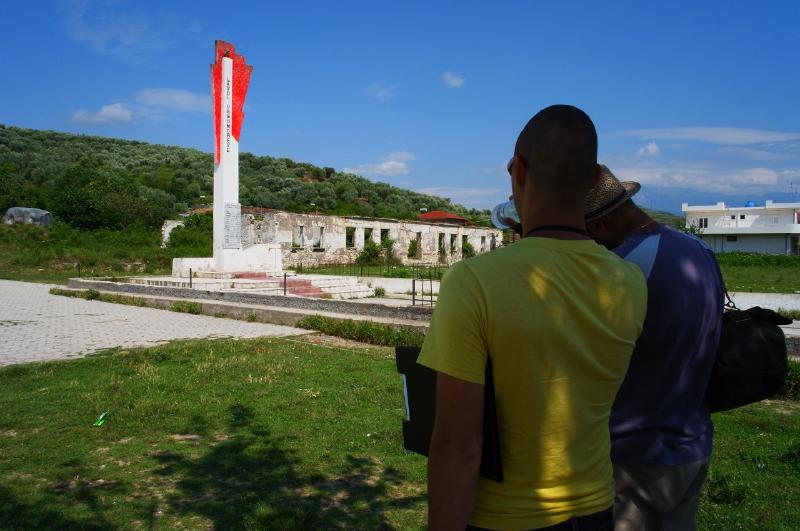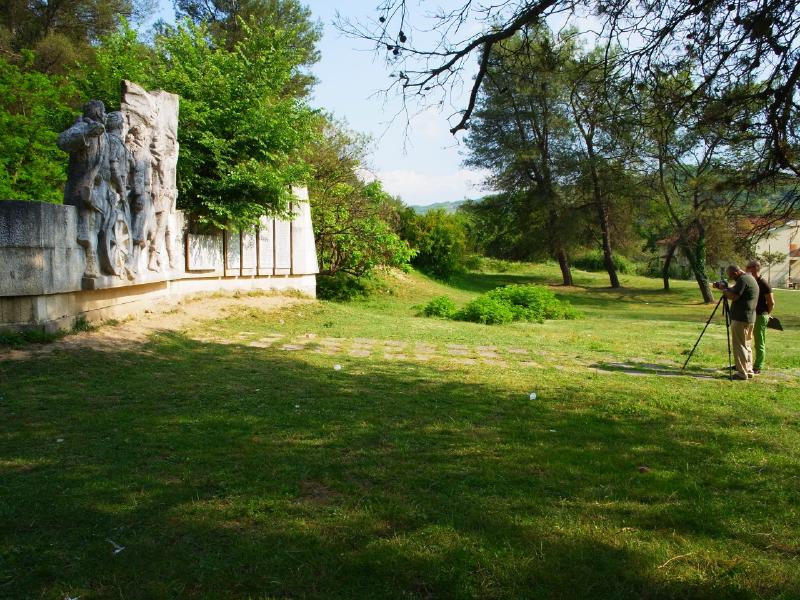During the communist period, the regime erected a large number of so-called lapidars in virtually every village, town, and city in Albania. These concrete monoliths on the one hand functioned as monuments commemorating a variety of “heroes of the nation” and “partizans” but on the other also monumentalized the presence of the communist party in every part of the country. Their function as markers of social progress as well as commemoration is clearly shown in the 1984 Kinostudio documentary Lapidari.
The ubiquity of these monumental structures and their relative opacity in the current cityscape – neither being demolished nor maintained, but having largely fallen into disrepair – makes them emblematic of the common attitude toward the undigested communist past of Albania. Moreover, they are unique cultural asset to Albania and mapping their presence would be essential to develop cultural tourism, as well as foreign and domestic research interest.
Although forms of communist monumentality have led to a number of artistic projects in other post-communist countries such as ex-Yugoslavia and Bulgaria, the Albanian Lapidar Survey attempted to overcome a mere esthetic appreciation of communist architecture, instead providing a thorough documentation of a unique mode of communist monumentality.
The research project Albanian Lapidar Survey involved archival research into the construction and topography of all lapidars in Albania and their historical context. During June and July 2014, 50 days of field work were undertaken by researcher Vincent W.J. van Gerven Oei, photographer Marco Mazzi, and assistant photographer Xheni Alushi. The final three-volume catalogue Lapidari appeared in 2015 in a bilingual (English/Albanian) edition and as free PDF at punctum books, including contributions by Julian Bejko, Matthias Bickert, Raino Isto, Kosta Giakoumis, Gëzim Qëndro, and Muharrem Xhafa, as well as archive material.
